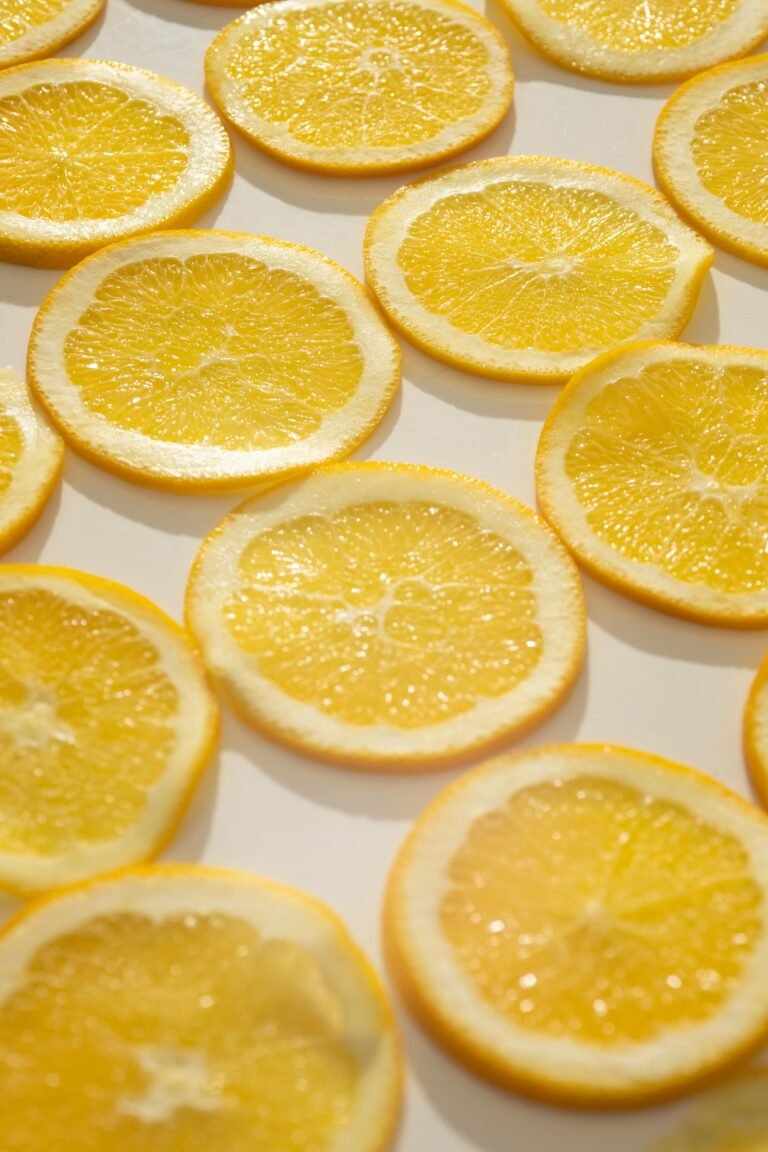Hesperidin, properties and benefits
Hesperidin is a flavonoid contained in citrus fruits: a natural remedy useful for microcirculation and for disorders related to the cardiovascular system. Hemorrhoids, varicose veins, but also high cholesterol can benefit greatly.

Autumn, time for citrus fruits , juices, vitamin C … and to think that there is a part of citrus fruits that we do not take into consideration, because they are leathery, bitter, rich in essential oils: the peel . And it is precisely in the peel that one of the most used flavonoids among antioxidant supplements is contained, hesperidin .
Hesperidin is present in the peel and whitish skin of the citrus under-peel. The component of hesperidin that is of greatest interest in the pharmaceutical and herbal fields is rutinose , due to its vasoprotective properties.
Properties of hesperidin
The properties of hesperidin are expressed on the microcirculation, on the blood vessels and more . Let’s see better what activities this flavonoid performs :
> capillarotropic : tones the capillaries, prevents their dilation and helps strengthen and develop the capillary structure.
> vasoprotective : it has a toning and protective action on blood vessels, preventing atony, stimulating venous circulation and carrying out an anti-inflammatory action.
> hypocholesterolemic and: is able to correct metabolic disorders and promote the production of good cholesterol, with the consequent correction of hypertension conditions and the prevention of cardiovascular risks.
Read also Citrus fruits, drupes and berries: the differences >>
Benefits of hesperidin
As it is easy to guess , hesperidin can be a useful remedy for preventing and treating some disorders related to the circulation of the lower limbs, to the dilation of vessels, to peripheral microcirculation .
Those who suffer from venous insufficiency with different manifestations can benefit from it :
> hemorrhoids : much argued problem that involves internal or external vasodilation with swelling of the extroflexion and possible bleeding. Hesperidin counteracts the atony of the vessels and above all prevents the reappearance.
> varicose veins or varicose veins : a bit like hemorrhoids, also varicose veins are dilation of the veins, a problem that generally affects the lower limbs, often aggravated by venous stasis.
Hesperidin tones the veins, promotes circulation, prevents possible many serious pathologies such as phlebitis .
> capillary fragility : a disorder often evaluated only for its aesthetic impact, but which could instead tell of more serious pathologies, manifests itself as a more or less extended bluish cobweb that can appear on the legs, but also on the face.
Hesperidin helps strengthen capillary walls, prevent bruising , and stimulate network development.
> cholesterolemia : an evident benefit in the event of an increase in total cholesterol not supported by the right HDL values has been demonstrated by studies that involved the intake of hesperidin for at least 4 weeks , with a stress on the production of good cholesterol, consequently reducing the LDL one.
How to take hesperidin
It is possible to find hesperidin as a single remedy or in synergy with other active ingredients contained in butcher ‘s broom , red vine , horse chestnut , sweet clover , centella asiatica .
The recommended daily dose of hesperidin is 500mg per day. There are no contraindications or side effects , as a preventive principle it is not recommended for use during pregnancy and breastfeeding.
























+ There are no comments
Add yours